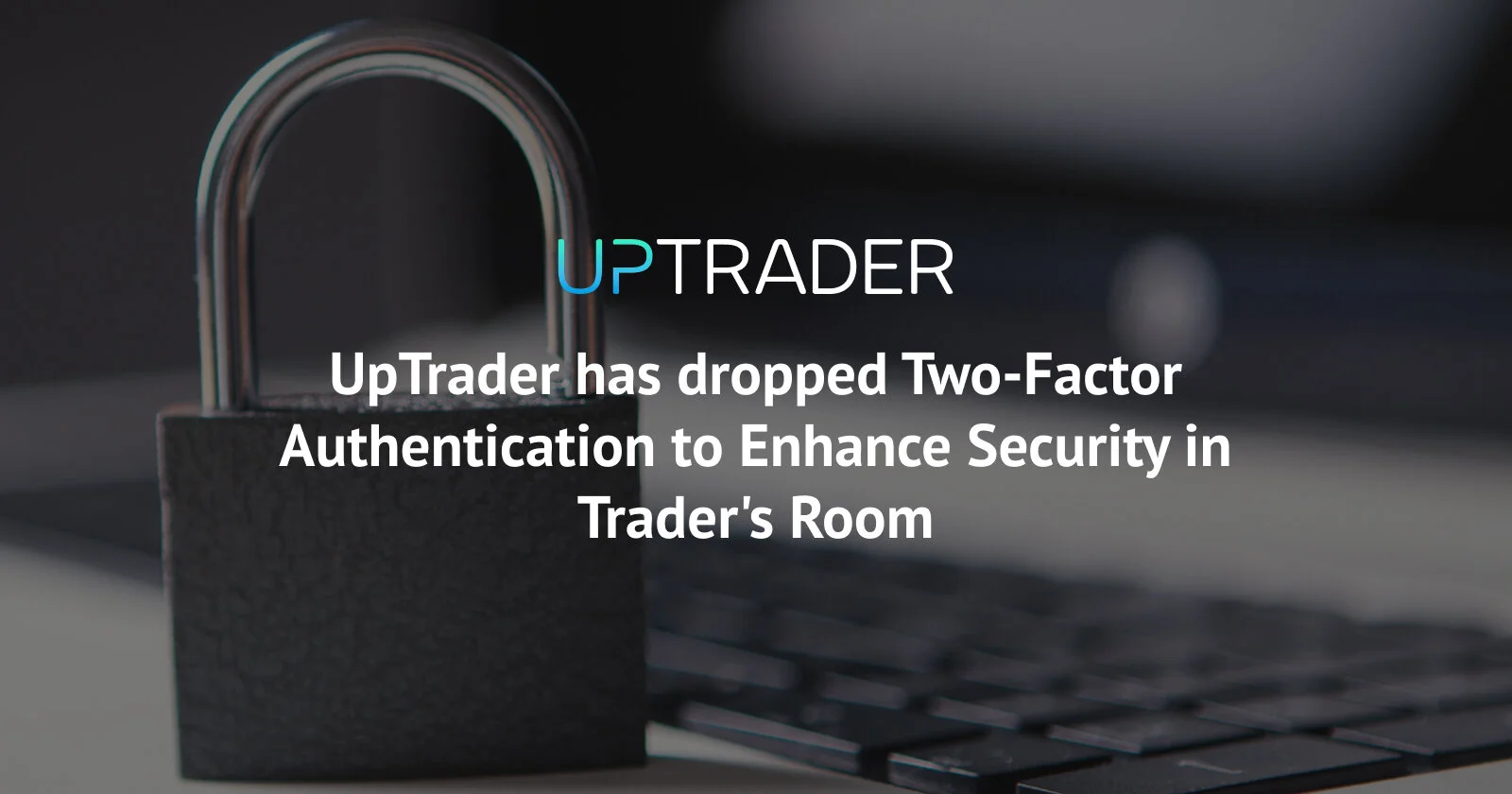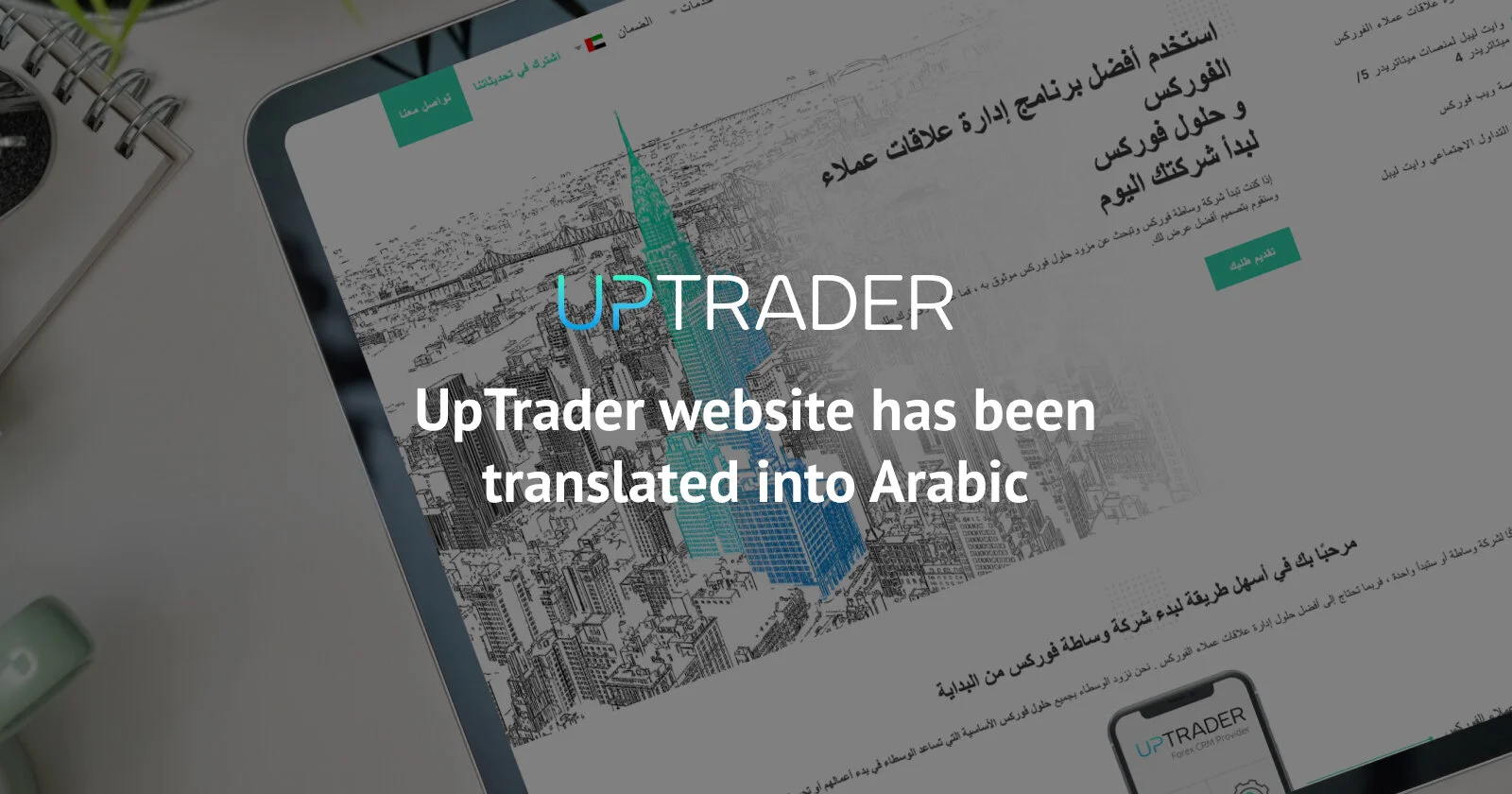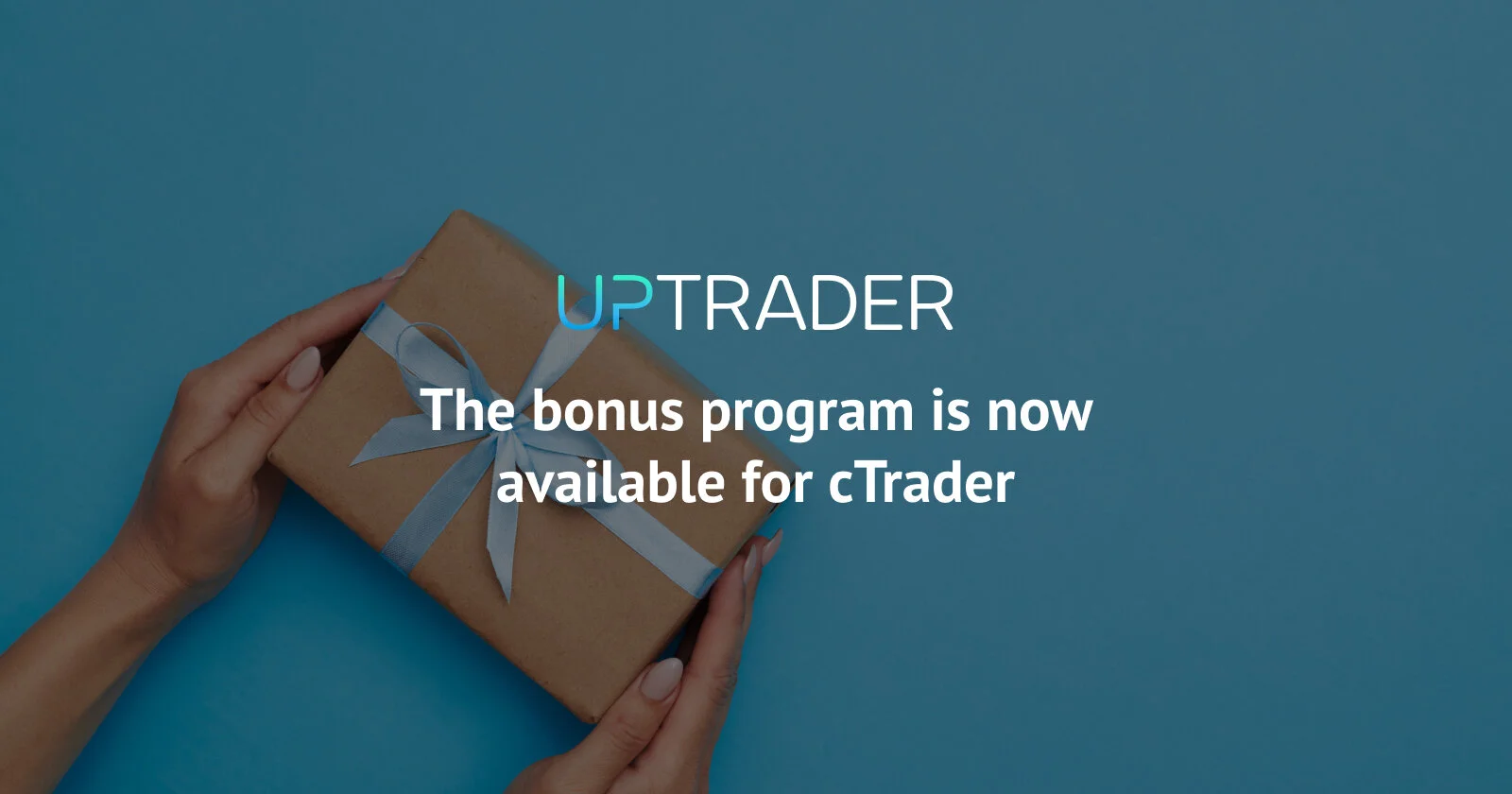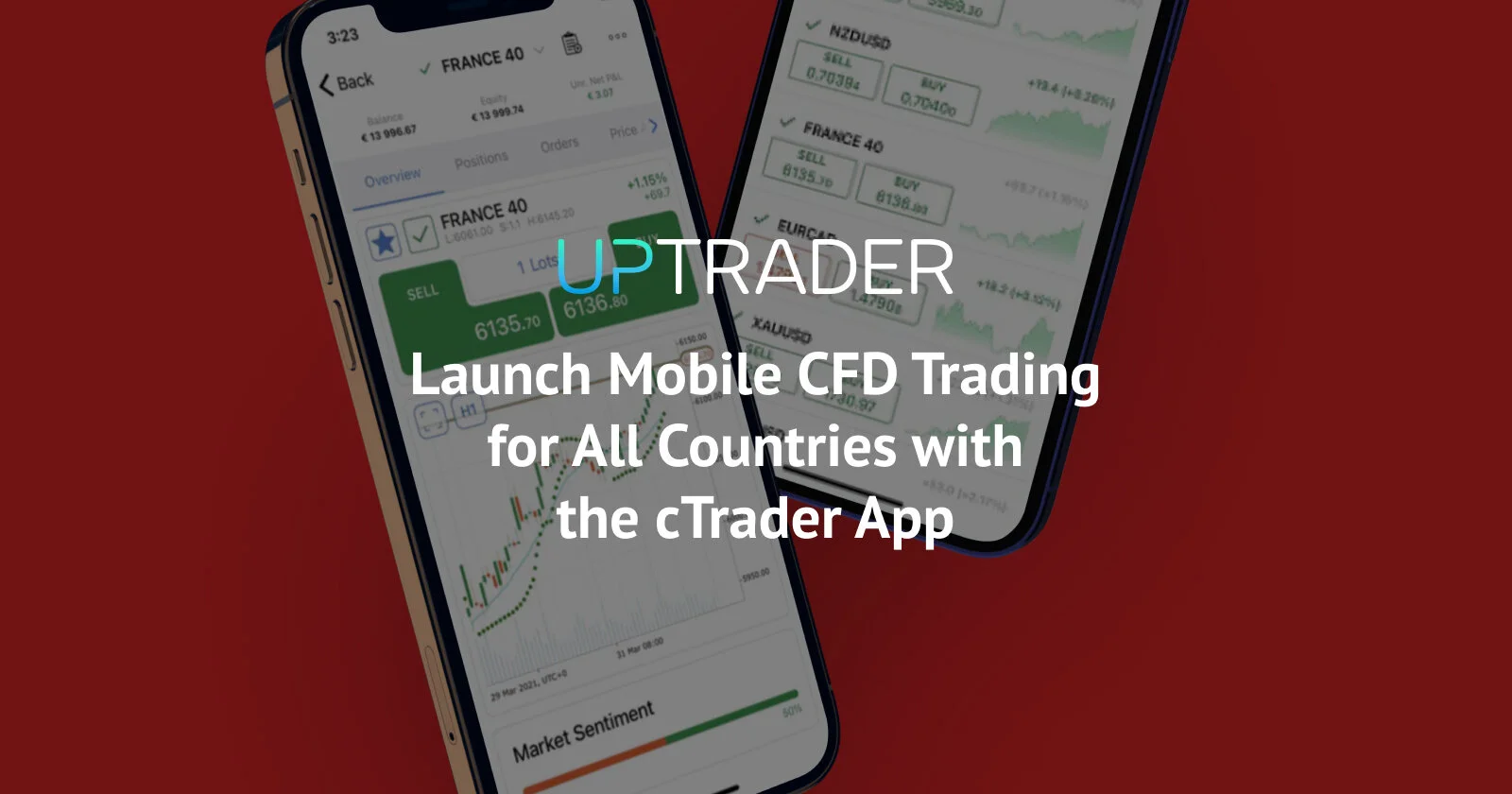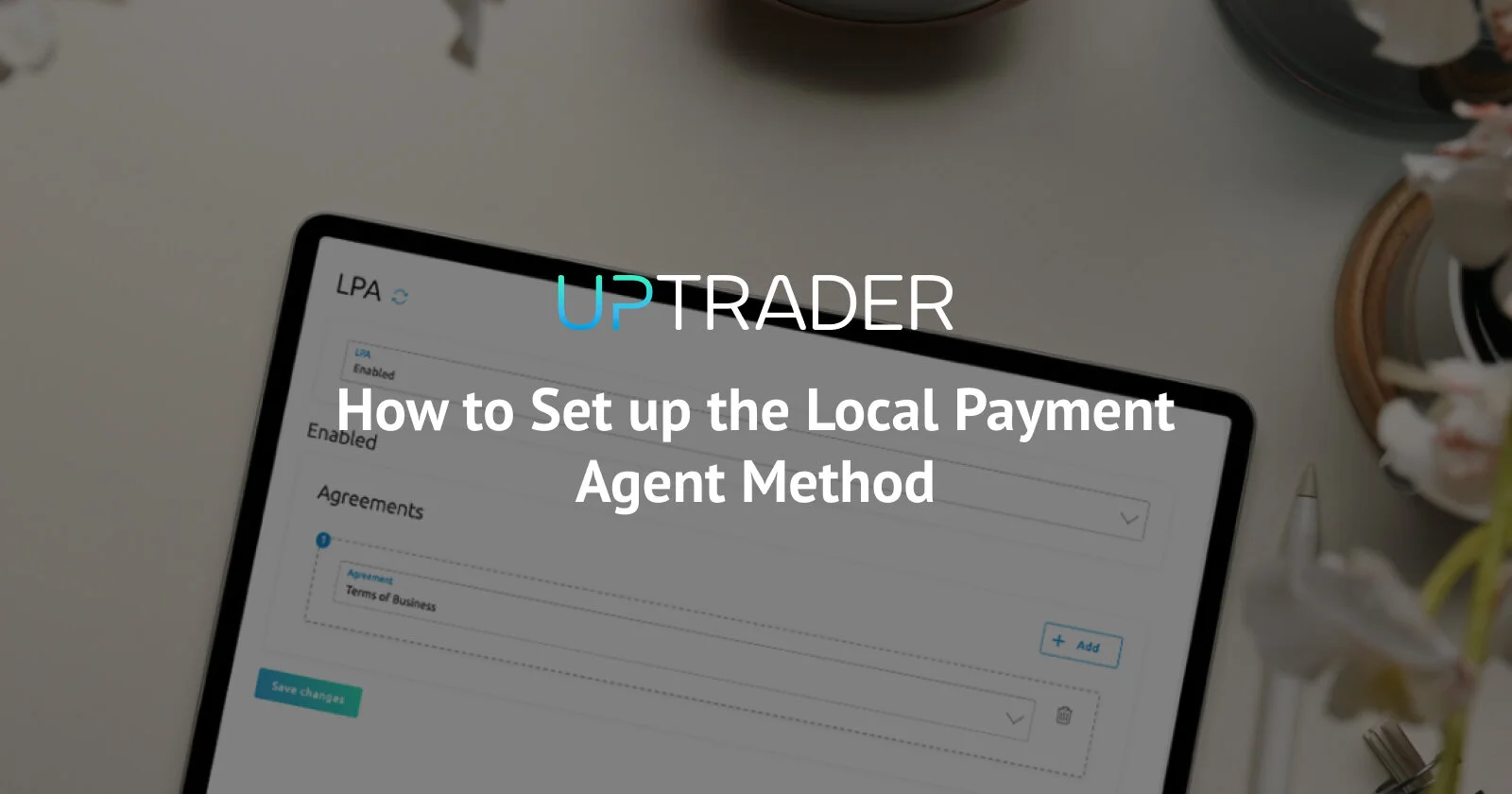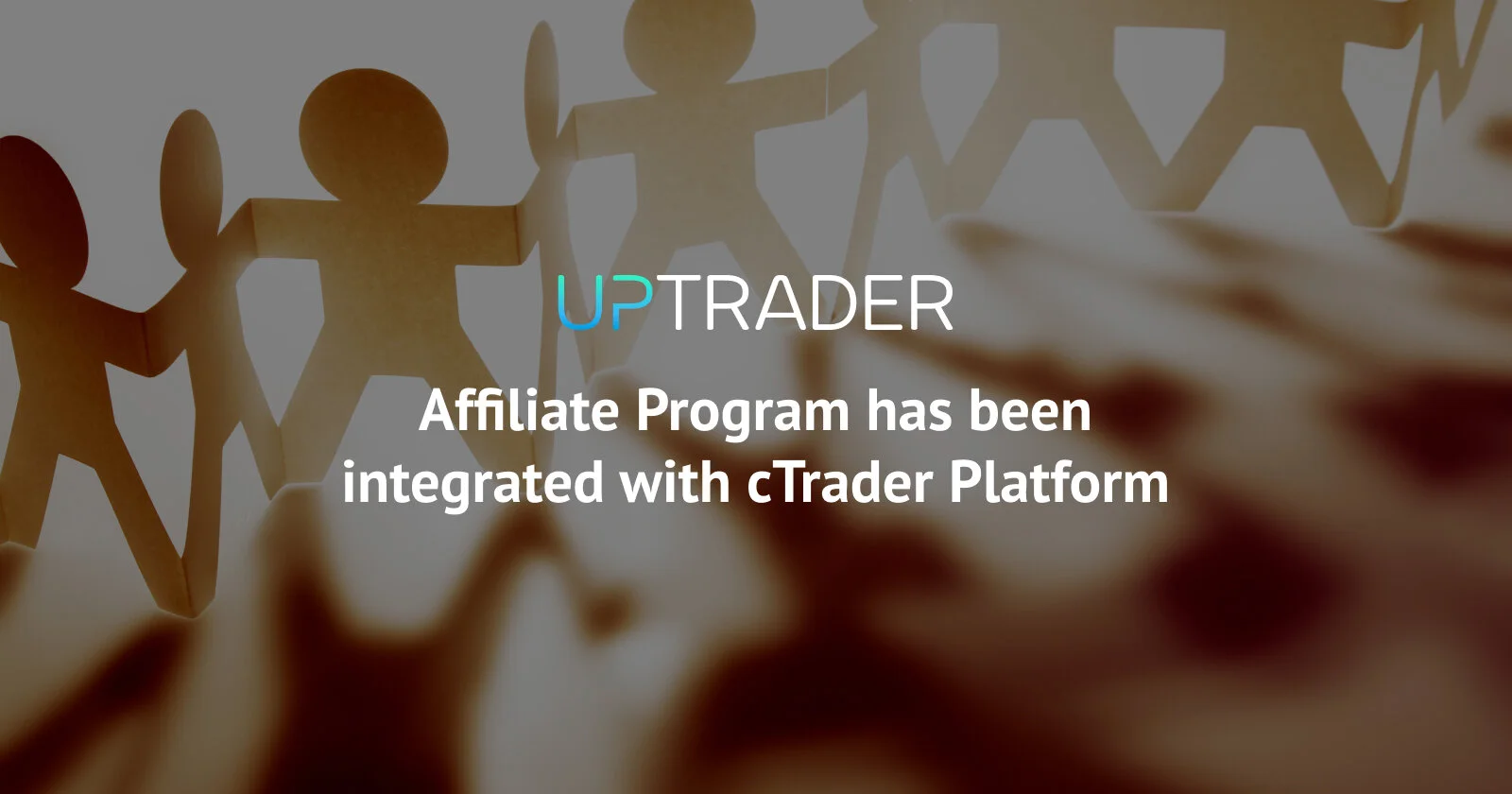
The Affiliate Program in UpTrader Forex CRM has been integrated with the cTrader Platform
Recently, we shared news that the Bonus program for the cTrader platform has been fully launched, enabling brokers to initiate marketing
campaigns for existing clients and to attract new ones. We're now pleased to announce that the Partner program has been fully integrated with cTrader, allowing brokers to continue their global expansion with a convenient tool. Let us remind the basic features of the Partner program in UpTrader CRM.
Rewards
Brokers have full autonomy over how they reward their partners. They can set a reward percentage of profits or commissions or decide on a fixed payment per lot. The broker determines how t
hey will compensate each partner. Moreover, the Partner program includes an automatic deduction of bonuses from the reward sum. This setting is particularly useful for partners whose referred clients receive bonuses on their trading accounts. The referred client's trading account equity is a combination of their personal funds and bonus funds. Therefore, the bonus amount that forms a part of the equity impacts the potential rewards a partner can receive. In essence, the more the equity is made up of bonus funds, the less the partner's reward will be. This characteristic enhances flexibility and transparency in reward management for partners, enabling them to strategize better towards their business objectives. Thanks to the Bonus Coefficient, partners can now prioritize securing high-value clients who deposit significant amounts and trade regularly, all the while being unconcerned about bonus funds influencing their rewards.
Frequency of Partner Rewards
The standard frequency of partner reward payments can be customized individually for each partner, based on their preferences. For partners interested in swift access to their rewards, we have a Daily Instant payments feature. These rewards are immediately ready for withdrawal each day, eliminating the need for back-office consent. We also have an option for Monthly Instant payments, where rewards become readily available for withdrawal at the onset of each new month, again without the need for back-office approval. For partners who prefer to scrutinize their rewards prior to withdrawal, they can opt for Monthly Delayed payments. This system enables the rewards to be withdrawn a certain number of days after the beginning of a new month, providing your back-office team with the opportunity to evaluate and modify the rewards if necessary. Our platform is also equipped with an automatic reward payment functionality that can be turned on or off as per the partner's preference. Recognizing that some partners may want greater control over their reward disbursement, we provide an option that mandates back-office approval for all new reward allocations.
Other Features
There are numerous features and special settings in the Partner program, for example, the default rebate program, the ability to view phone numbers and email addresses of clients who use partner codes, access to the SUB IB tree, and more. To learn more, ask our sales department for a demo or contact our team via [email protected], or through our live chat.





